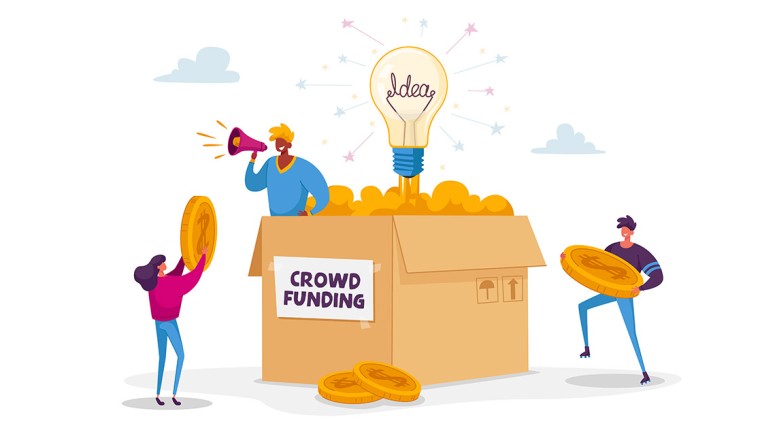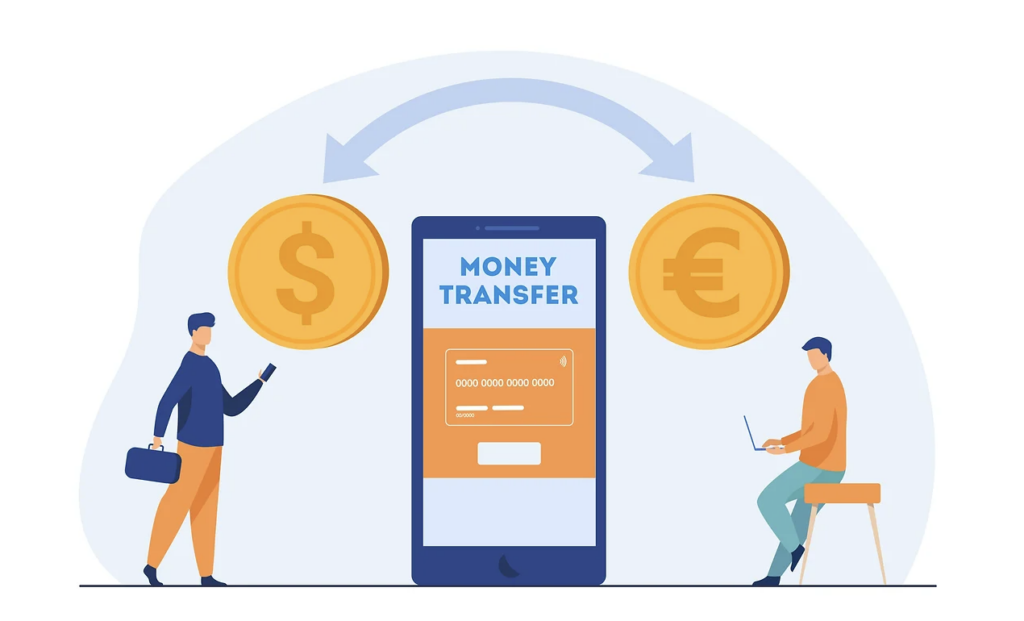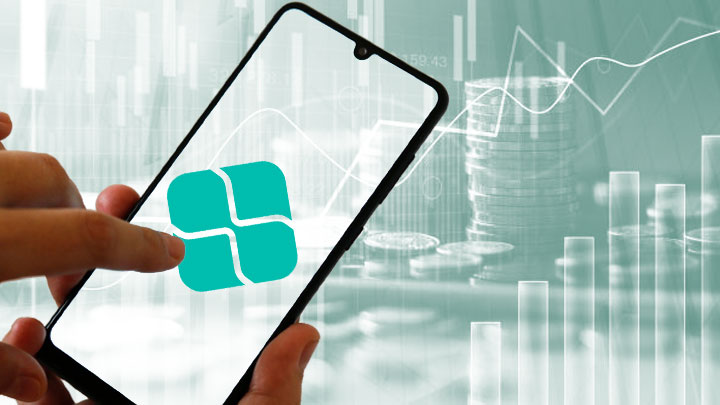Tools and apps for improving financial literacy

In today’s fast-paced world, mastering financial fundamentals is crucial, making the emergence of financial literacy tools a game-changer. These tools offer invaluable assistance, catering to individuals ranging from novices to seasoned investors aiming to enhance their money management skills. By leveraging the right financial literacy tools, users can significantly improve their understanding and execution of financial strategies, ensuring better financial health and investment success in the long term.
Fintech’s role in educating consumers

In the fast-changing financial services sector, fintech education plays a pivotal role in informing consumer behavior and decision-making. Financial technology companies are at the forefront of this transformation, offering innovative solutions that not only enhance our understanding of finances but also reshape our monetary habits. This post explores how these companies contribute significantly to the landscape, highlighting the importance of integrating fintech education into our daily lives to navigate the financial world more effectively. By doing so, it underlines the critical impact of fintech on both individual financial empowerment and broader economic literacy.
Crowdfunding for tech innovations

In the rapidly changing tech industry, tech crowdfunding has emerged as a pivotal method for entrepreneurs and inventors to secure funds for innovation. This approach simplifies the process of raising capital, offering a redefined pathway for those aiming to bring groundbreaking technologies to the market. By leveraging the power of community and online platforms, tech crowdfunding opens up new opportunities, making it easier for innovative projects to find the support they need.
Crowdfunding as a launchpad for tech startups

In the digital era, tech startups often spearhead innovation and reshape industries by venturing into new markets. Nevertheless, a critical challenge they encounter is acquiring adequate funding to bring their groundbreaking ideas to fruition. Crowdfunding has emerged as a pivotal solution, allowing these startups to bypass traditional financial hurdles. By leveraging the power of collective investment, tech startups crowdfunding not only secures the necessary capital but also validates their concepts in the market, fostering a supportive community of backers invested in their success. This approach has revolutionized how tech startups navigate the initial stages of development and funding.
Strategies for tech crowdfunding success

In today’s technology-driven era, the success of tech crowdfunding campaigns is more crucial than ever. This blog delves into effective strategies essential for securing funding and bringing innovative projects to fruition. We underscore the importance of a well-planned approach, highlighting key tactics that can make or break a campaign. From crafting compelling narratives to leveraging social media, these insights are invaluable for anyone looking to navigate the challenging yet rewarding world of tech crowdfunding. Join us as we explore the best practices to ensure your project stands out in the competitive tech landscape.
Bringing tech ideas to life with crowdfunding

In the digital age, tech crowdfunding has revolutionized how innovative technological solutions reach the market. This model streamlines the funding process, democratizing access for creators and investors alike. By leveraging the power of crowdfunding platforms, startups and tech enthusiasts can now bypass traditional barriers, bringing their cutting-edge projects directly to a global audience. Tech crowdfunding continues to empower the development and launch of groundbreaking technology, making it a pivotal element in today’s tech industry’s growth and accessibility.
Revolutionizing remittances with mobile payments

In the era of financial inclusivity, mobile payments remittances are revolutionizing the way money is transferred globally, marking a significant step towards a more equitable economy. This blog post delves into how mobile payment platforms are transforming remittances, enabling faster, more affordable, and secure transactions. By breaking down barriers to financial services, these platforms are not only facilitating smoother cross-border transactions but are also empowering individuals by providing them with the means to support their families and invest in their communities. This shift towards mobile payments remittances is pivotal in shaping a more inclusive global financial landscape.
Mobile payments as a lifeline for developing economies

In the rapidly advancing digital landscape, mobile payments stand as a pivotal innovation, especially in developing countries. This mode of transaction brings not only convenience but also acts as a crucial financial lifeline, fostering economic growth. As mobile payments continue to evolve, they are reshaping the financial sector, making it more accessible and efficient for millions worldwide. This transformation highlights the significance of adopting mobile payments in today’s economy, ensuring inclusivity and progress across global communities.
Making cross-border transfers easier and cheaper

In an increasingly globalized society, the importance of hassle-free and affordable cross-border transfers cannot be overstated. These transactions are crucial for individuals and businesses alike, enabling smoother international trade and personal finance management. This article delves into the ways to simplify and reduce the costs associated with cross-border transfers, highlighting the significant advantages they hold in a connected world. With the right approach, cross-border transfers can become more accessible, fostering global economic growth and enhancing financial inclusivity.
The impact of mobile payments on global remittances

The rise of mobile payments in our globalized world has significantly transformed the landscape of international money transfers. This change is not only reshaping our financial transactions but also profoundly influencing the remittances sector. Through mobile payments, remittances are becoming more accessible, faster, and more cost-effective, offering a beacon of hope for millions reliant on these funds worldwide. This post explores how the advent of digital solutions is revolutionizing the remittance industry, making global money transfers more streamlined and inclusive than ever before.